Support material testing and equipment testing
Focus on R & D and manufacturer of plasma cleaning machine for 20 years

Focus on R & D and manufacturer of plasma cleaning machine for 20 years


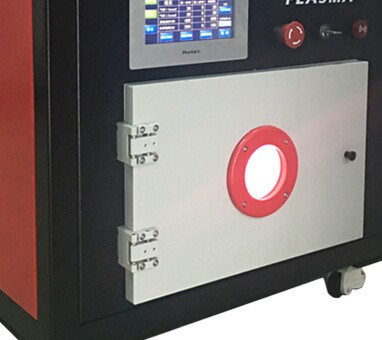
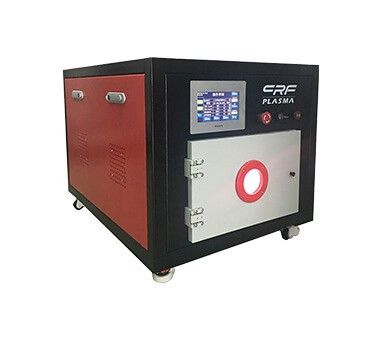

CRF-VPO-4L-S
13632675935
Contact now
|
Name |
Vacuum plasma processing system |
|
Model |
CRF-VPO-4L-S |
|
Control system |
PLC+touch screen |
|
Power |
380V/AC,50/60Hz, 3kw |
|
IF power supply power |
1000W/40KHz/13.56MHz |
|
Capacity |
30L(Option) |
|
Number of layers |
4(Option) |
|
Effective processing area |
200(L)*150(W)(Option) |
|
Gas channel |
Two working gas options:Ar、N2、CF4、O2 |
What factors affect the physical strength of bonding by the principle of plasma removal
With the development of economy, people’s living standards continue to improve, and the quality requirements for consumer products are getting higher and higher. Plasma technology will gradually enter the consumer goods production industry; in addition, with the continuous development of science and technology, various technical issues continue to be raised With the continuous emergence of new materials, more and more scientific research institutions have realized the importance of plasma technology and have invested a lot of money in technological research. Plasma technology has played a very important role in it. However, if the factors that affect plasma cleaning adhesion are not handled properly, it will affect the adhesion problems on the surface of the plasma cleaning object.
Plasma degumming method, the degumming gas is oxygen. Its working principle is to put the silicon wafer in a vacuum reaction system, pass in a small amount of oxygen, add 1500 V high voltage, and a high-frequency signal generator generates a high-frequency signal to form a strong electromagnetic field in the quartz tube to ionize the oxygen and form oxygen ions , The glow column of the plasma of the mixture of oxygen atoms, oxygen molecules and electrons. Active (chemical) oxygen (active atomic oxygen) can quickly oxidize the polyimide film into a volatile gas, which is pumped away by the mechanical pump, thus removing the polyimide film on the silicon wafer. The advantages of plasma degumming are simple degumming operation, high degumming efficiency, clean and smooth surface, no scratches, low cost, and environmental protection.
The dielectric plasma etching equipment generally uses a capacitively coupled plasma parallel plate reactor. In the parallel electrode reactor, the reactive ion etching cavity adopts an asymmetric design with a small cathode area and a large anode area, and the etched object is placed on the electrode with a smaller area. Under the action of the thermal motion generated by the radio frequency power supply, the negatively charged free electrons reach the cathode quickly due to their small mass and fast moving speed; while the positive ions cannot reach the cathode in the same time due to their large mass and slow speed, thus making the cathode A negatively charged sheath is formed nearby. Under the acceleration of the sheath, the positive ions bombard the surface of the silicon wafer vertically, accelerating the chemical reaction on the surface and the separation of reaction products, resulting in a high etching rate. Ion bombardment also enables anisotropic etching to achieve the same principle of plasma debinding and plasma etching. The difference is the type of reaction gas and the way the plasma is excited.
If the factors of plasma cleaning and bonding are not handled well, the following factors will be affected:
1. Surface roughness:
When the adhesive infiltrates the surface of the material to be adhered well (contact angle θ<90°), the roughening of the surface is beneficial to increase the degree of infiltration of the adhesive liquid on the surface, increase the density of the contact point between the adhesive and the material to be adhered, and thus help increase the adhesion.接 Strength. Conversely, when the adhesive does not infiltrate the material to be adhered (θ>90°), the roughening of the surface is not conducive to the improvement of the bonding strength. To
2. Surface treatment:
The surface treatment before bonding is the key to successful bonding, and its purpose is to obtain a strong and durable joint. Due to the existence of the "weak boundary layer" formed by the oxide layer (such as rust), chrome plating, phosphating layer, release agent, etc. of the adherend, the surface treatment of the adherend will affect the bonding strength. For example, the surface of polyethylene can be treated with hot chromic acid oxidation to improve the bonding strength. When heated to 70-80°C for 1-5 minutes, a good bondable surface will be obtained. This method is suitable for polyethylene plates, thick Wall tube etc. When the polyethylene film is treated with chromic acid, it can only be carried out at room temperature. If it is carried out at the above temperature, the surface treatment of the film will adopt plasma or micro flame treatment. To
When the surface of natural rubber, styrene butadiene rubber, nitrile rubber and neoprene rubber is treated with concentrated sulfuric acid, it is hoped that the rubber surface will be slightly oxidized. Therefore, the sulfuric acid must be thoroughly washed off in a short period of time after the acid is applied. Excessive oxidation instead leaves more fragile structures on the rubber surface, which is not conducive to bonding. To
When locally bonding the vulcanized rubber surface, the surface treatment removes the release agent, and it is not advisable to use a large amount of solvent to wash, so as not to prevent the release agent from spreading to the treated surface and hinder bonding. To
For the surface treatment of aluminum and aluminum alloys, it is hoped that aluminum oxide crystals will be generated on the aluminum surface, while the naturally oxidized aluminum surface is a ten (minute) irregular and relatively loose aluminum oxide layer, which is not conducive to bonding. Therefore, the natural aluminum oxide layer needs to be removed. However, excessive oxidation will leave a weak layer in the bonded joint. To
3. Penetration:
The bonded joints are often infiltrated into some other low molecules due to the environmental atmosphere. For example, when the joint is in a humid environment or underwater, water molecules penetrate into the glue layer; when the polymer glue layer is in an organic solvent, solvent molecules penetrate into the polymer. The penetration of low molecules first deforms the adhesive layer, and then enters the interface between the adhesive layer and the adherend. Decrease (lower) the strength of the adhesive layer, resulting in damage to the bond. To
Penetration not only starts from the edge of the adhesive layer. For porous adherends, low-molecular substances can also penetrate into the adherend from the voids, capillaries or cracks of the adherend, and then penetrate into the interface, causing defects in the joints. damage. Penetration will not only lead to a decrease in the physical properties of the joint, but also a chemical change in the interface due to the penetration of low-molecular substances, resulting in a corrosion zone that is not conducive to bonding, making the bonding (full) failure. To
4. Migration:
Adhesive materials containing plasticizers, because these small molecules have poor compatibility with polymer macromolecules, they are easy to migrate from the polymer surface or interface. If the migrated small molecules accumulate on the interface, it will hinder the bonding of the adhesive and the material to be adhered, resulting in bonding failure. To
5. Pressure:
When bonding, apply pressure to the bonding surface to make it easier for the adhesive to fill the pits on the surface of the adherend, and even flow into the deep holes and capillaries to reduce bonding defects. For adhesives with low viscosity, they will flow excessively when pressurized, resulting in lack of glue. Therefore, pressure should be applied when the viscosity is high, which will also promote the escape of gas on the surface of the adherend and reduce the pores in the bonding area. To
For thicker or solid adhesives, applying pressure during bonding is an indispensable means. In this case, it is often necessary to increase the temperature appropriately to reduce (low) the consistency of the adhesive or to liquefy the adhesive. For example, the manufacturing of insulating laminates and the molding of aircraft rotors are all carried out under heating and pressure. To
In order to obtain higher bonding strength, different pressures should be considered for different adhesives. Generally, high pressure is applied to solid or high-viscosity adhesives, and low pressure is applied to low-viscosity adhesives. To
6. Adhesive layer thickness:
The thicker adhesive layer is prone to bubbles, defects and early fractures, so the adhesive layer should be made as thin as possible to obtain higher bonding strength. In addition, the thermal expansion of the thick adhesive layer after heating causes greater thermal stress in the interface area, which is more likely to cause joint damage.
7. Load stress:
The stress acting on the actual joint is complex, including shear stress, peeling stress and alternating stress. To
(1) Shear stress: due to eccentric tension, stress concentration occurs at the bonding end. In addition to the shear force, there is also a tensile force consistent with the interface direction and a tearing force perpendicular to the interface direction. At this time, under the action of shear stress, the greater the thickness of the adherend, the greater the strength of the joint. To
(2) Peeling stress: When the adherend is a soft material, peeling stress will occur. At this time, there are tensile stress and shear stress acting on the interface, and the force is concentrated on the bonding interface between the adhesive and the adherend, so the joint is easily broken. Since the peeling stress is very destructive, try to avoid the use of joints that will produce peeling stress in the design.
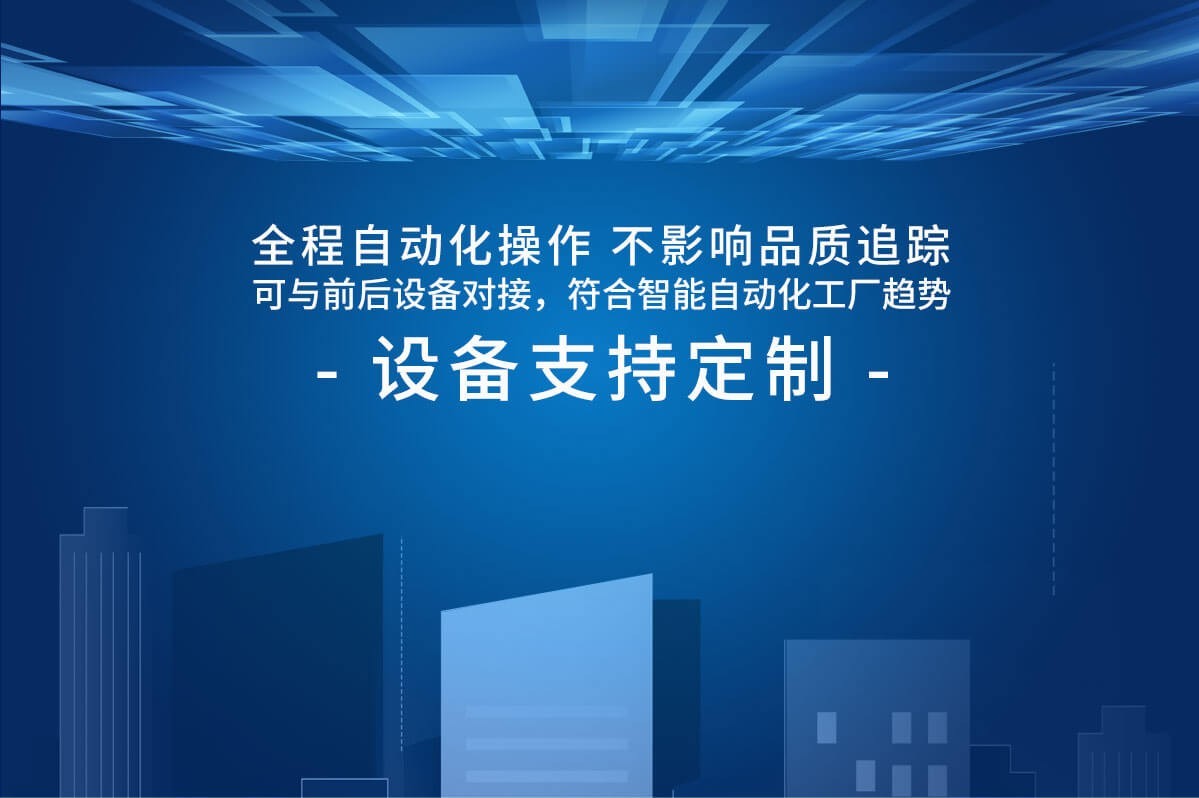
Top 500 enterprises choose brands for a long time
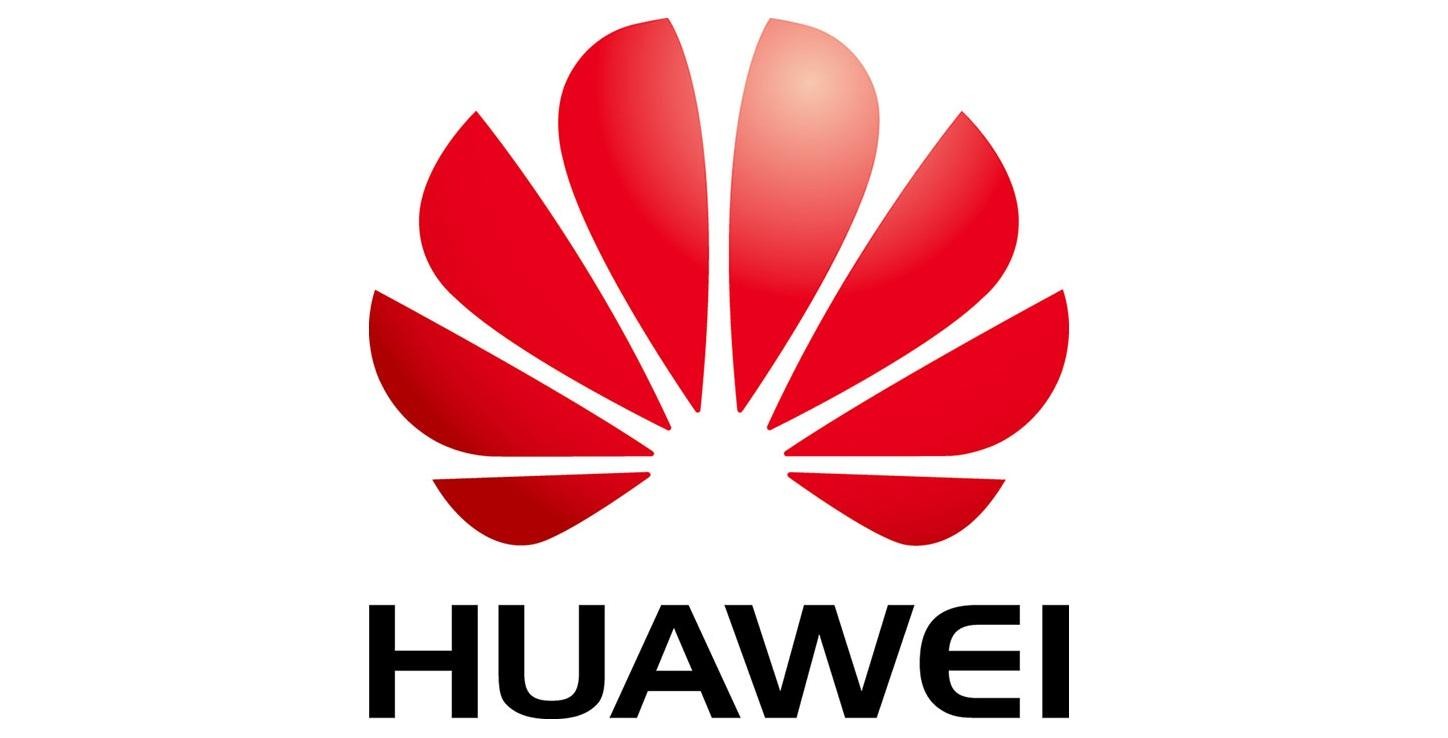
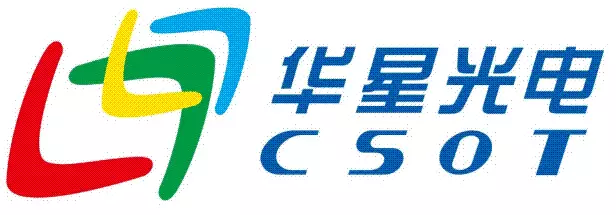
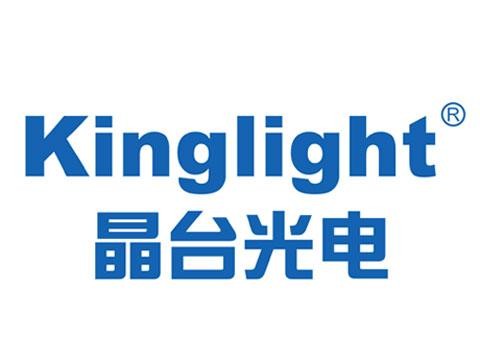
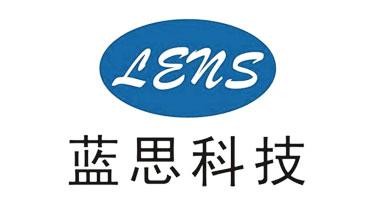


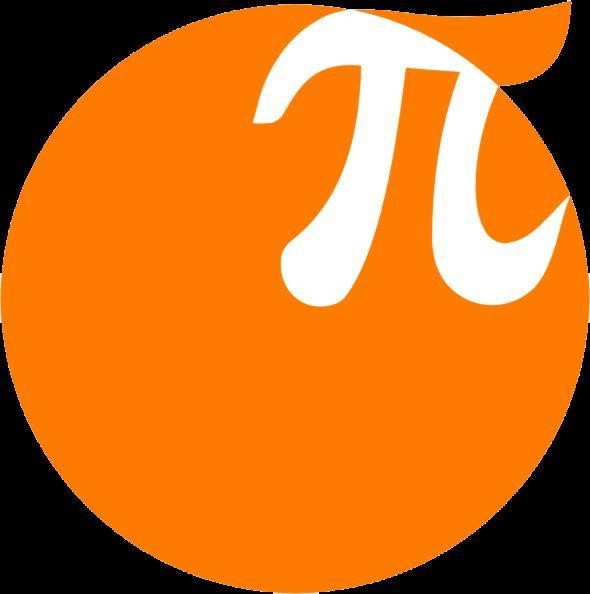
20 years of independent R & D experience in top 500 enterprises, a number of technology patent certification.
Adopt imported components through EU CE certification so that you can use them without worry.
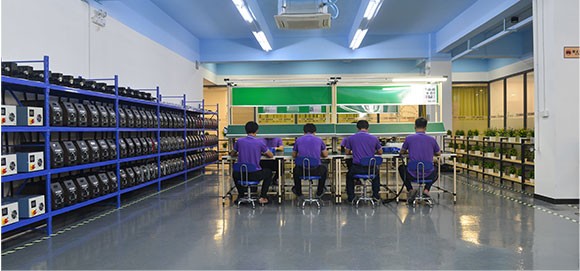
Professional R & D team
Has a number of assembly engineers who have been engaged in the industry for more than ten years.

Advanced equipment
Certification treats every equipment test

Strict quality control
The equipment runs and debugs continuously for 24 hours before coming out.

Perfect service system
A high-tech enterprise integrating R & D, manufacturing, production and sales of plasma equipment.
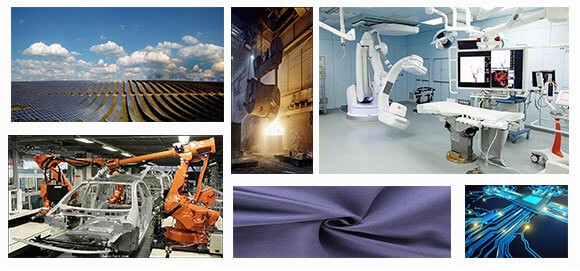
The service industry has a wide range of fields.
Focus on plasma research and development for 20 years, serving a variety of industries

Special customizable equipment
Make the equipment completely according to the customer's requirements.


CRF-VPO-4L-S
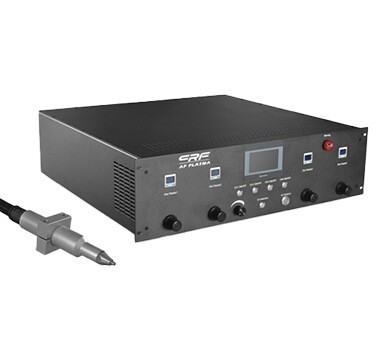
CRF -APO-IP-XXHD-DXX
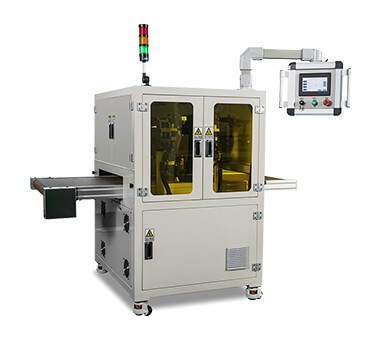
CRF-APO-500W-C
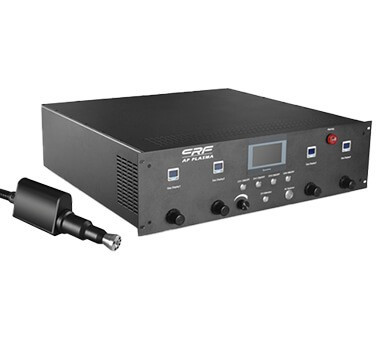
CRF-APO-IP-XXHD-RXX
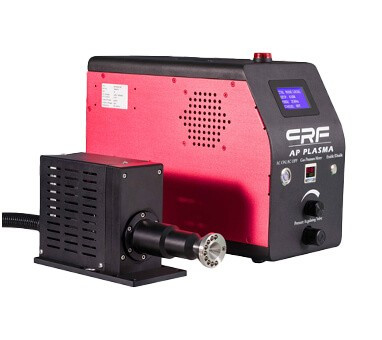
CRF-APO-RP1020-D
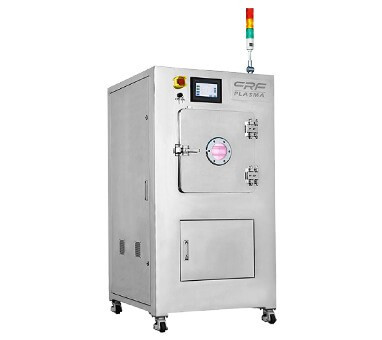
CRF-VPO-8L-M
The advantages of plasma spraying equipment plasma surface treatment PET plastic spraying
more >The effect of the oxidizing gas N2 on the conversion reaction under the action of plasma
more >Research on the modification effect of various high-energy particles of oxygen plasma on the surface of bamboo charcoal
more >Surface modification of bamboo powder/PETG composites by low temperature plasma treatment technology
more >Plasma surface treatment Plasma activation cleaning application and effect detection
more >The function and process value of the equipment of Chengfeng Zhizhi plasma processor manufacturer to process masks
more >